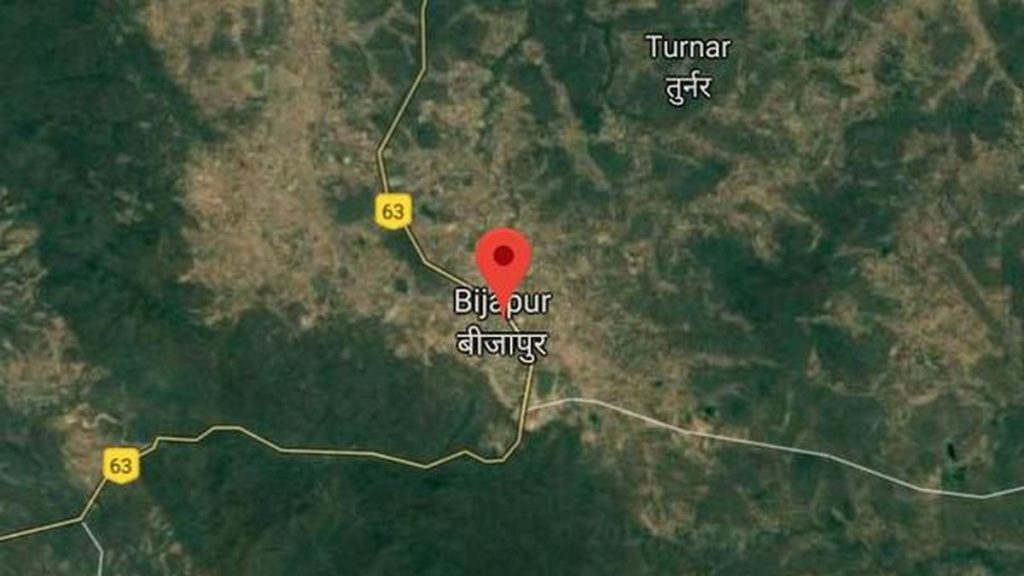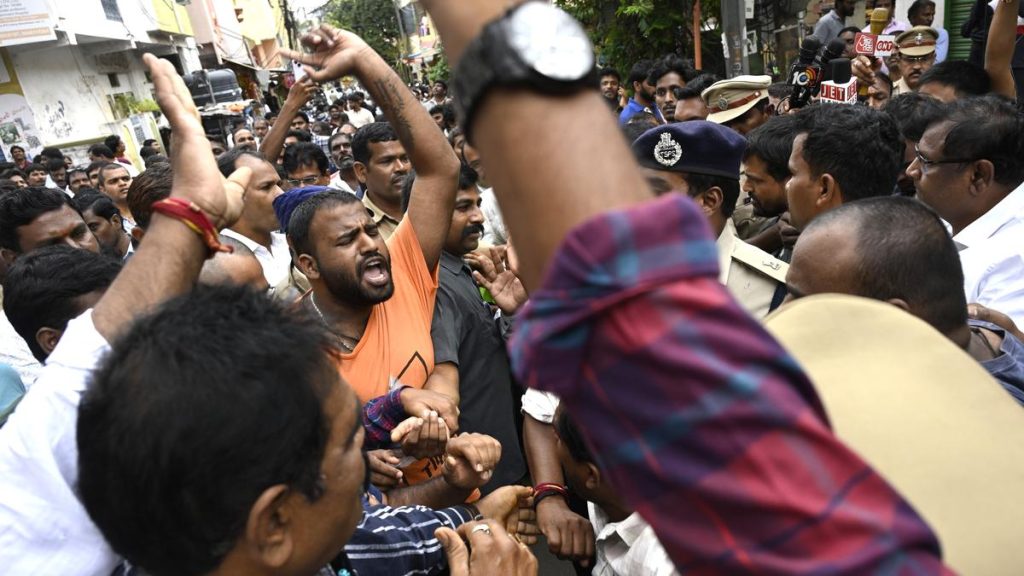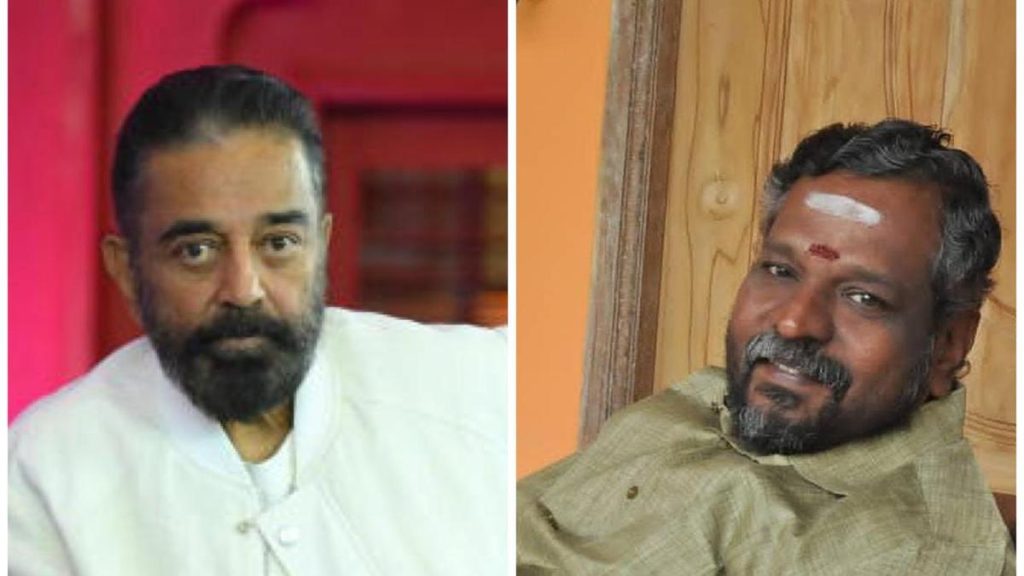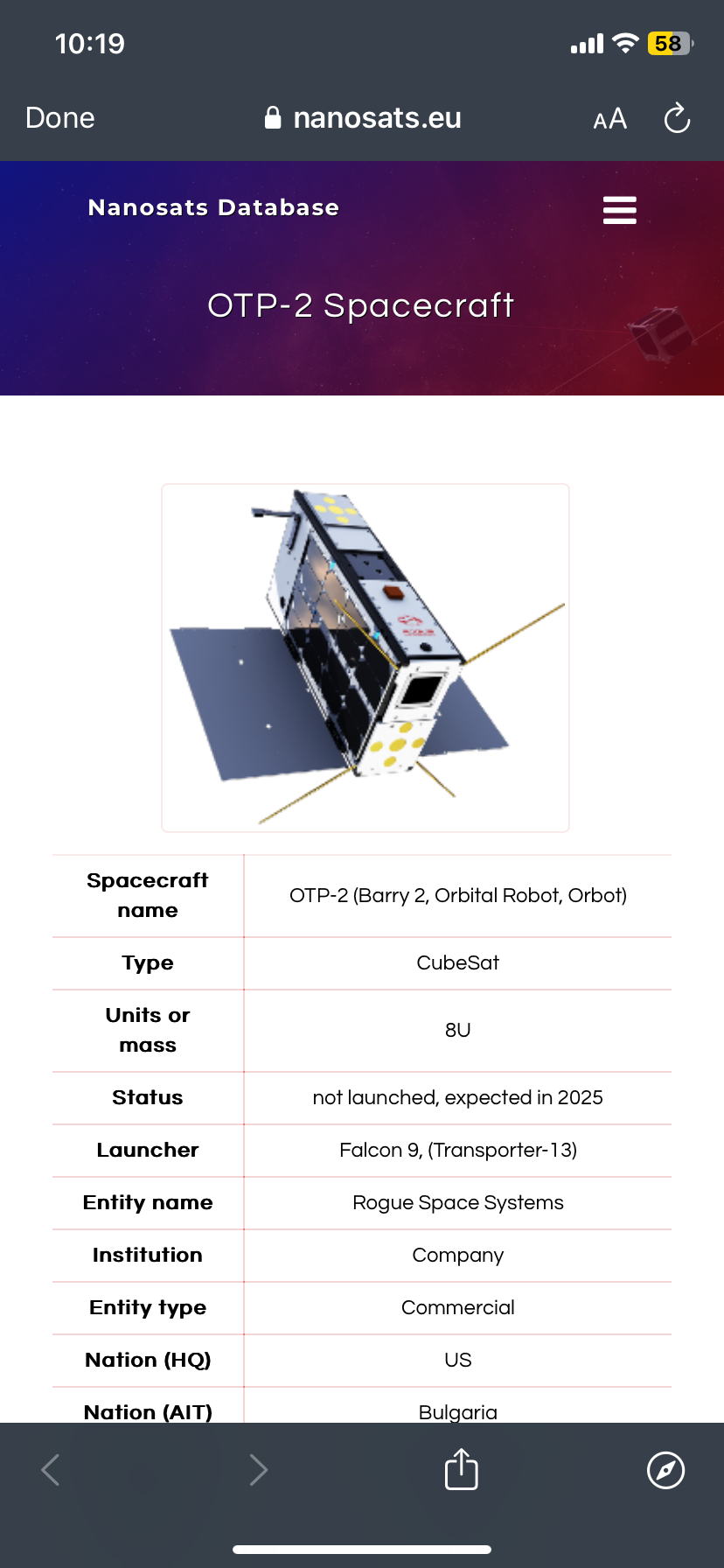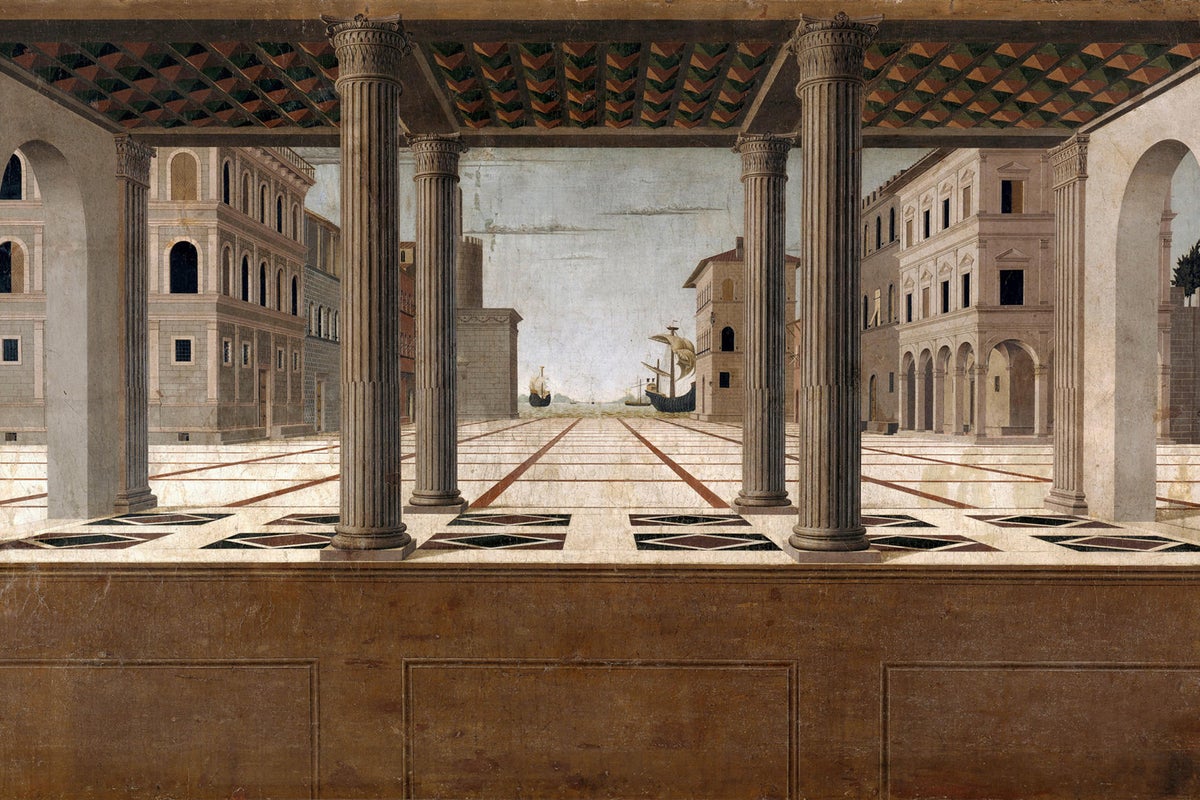Now Reading: Scientific American in 1925: Eclipses, Mediums, and Innovations Explored
-
01
Scientific American in 1925: Eclipses, Mediums, and Innovations Explored
Scientific American in 1925: Eclipses, Mediums, and Innovations Explored
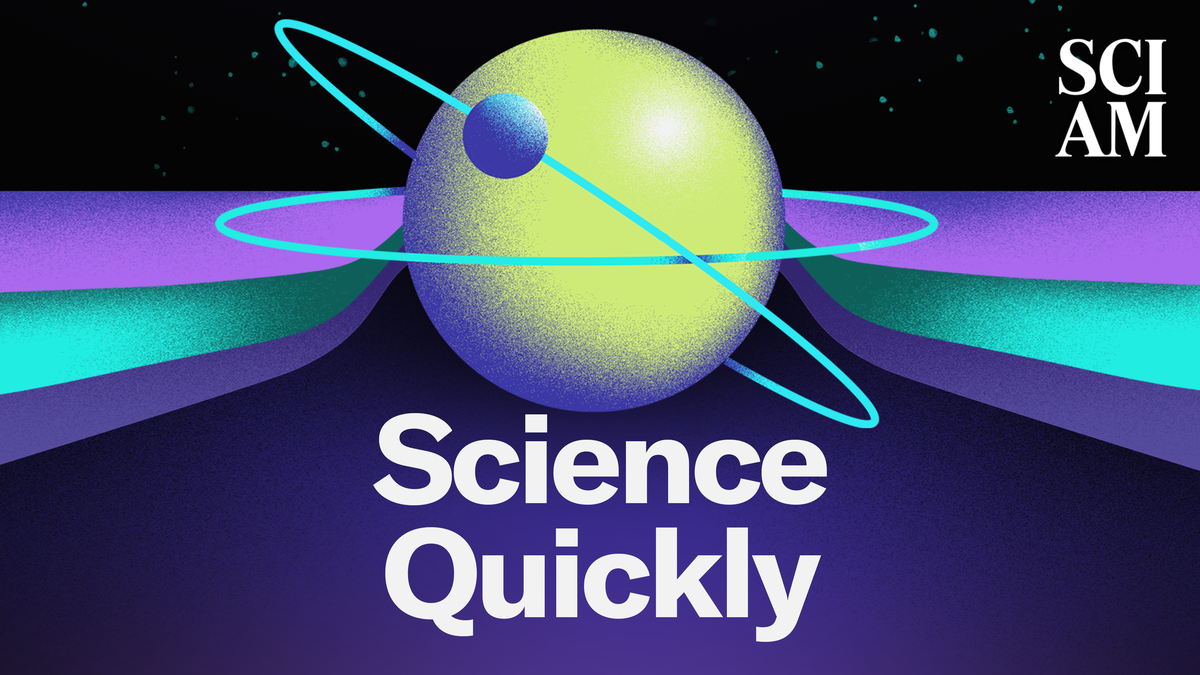
Swift Summary
- Eclipse Coverage: The April 1925 issue of Scientific American focused heavily on the January 1925 total solar eclipse, which was visible across several U.S. states under pristine weather conditions.Observers in the path of totality noticed eerie shadow effects explained as streaks of varying air density refraction during the eclipse.
- timing Error: Predictions for the moon’s alignment were off by five seconds during the event, disappointing astronomers but impressing laypeople with near accuracy.
- Psychic Investigations: Between 1923 and 1924, Scientific American sought proof of genuine spiritual mediums. In April 1925, it rejected claims from a Boston woman named “Margery” after attending nearly 100 seances. Illusionist Harry Houdini played a notable role in assessing her claims skeptically.
- Highlighted Inventions: The issue showcased innovations such as electrical grooming devices, a grapefruit corer, foldable dog tables for “manners,” artificial prune dehydration methods, foot-powered mop wringers, serrated kitchen shears, and early car wash facilities capable of cleaning vehicles in under 15 minutes.
Indian Opinion Analysis
The details from Scientific American’s vintage archives provide valuable historical perspectives on scientific enthusiasm in the early 20th century. Exploring solar eclipses frequently enough serves as a reminder for India-home to diverse climatic zones-of its unique opportunity to engage communities in celestial observation and educational outreach during such events today.
the inventive spirit reflected through quirky gadgets highlights how technological progress can influence everyday lives globally over time-a lesson resonating with India’s current push toward innovation through startup ecosystems aimed at solving practical challenges.
Lastly, skepticism toward unverified psychic phenomena demonstrates continued relevance: India’s scientific community remains vigilant against pseudoscience while appreciating cultural diversity linked to spirituality. Revisiting these historical threads can inspire robust dialogues around balancing tradition with evidence-based inquiry within an interconnected world.


